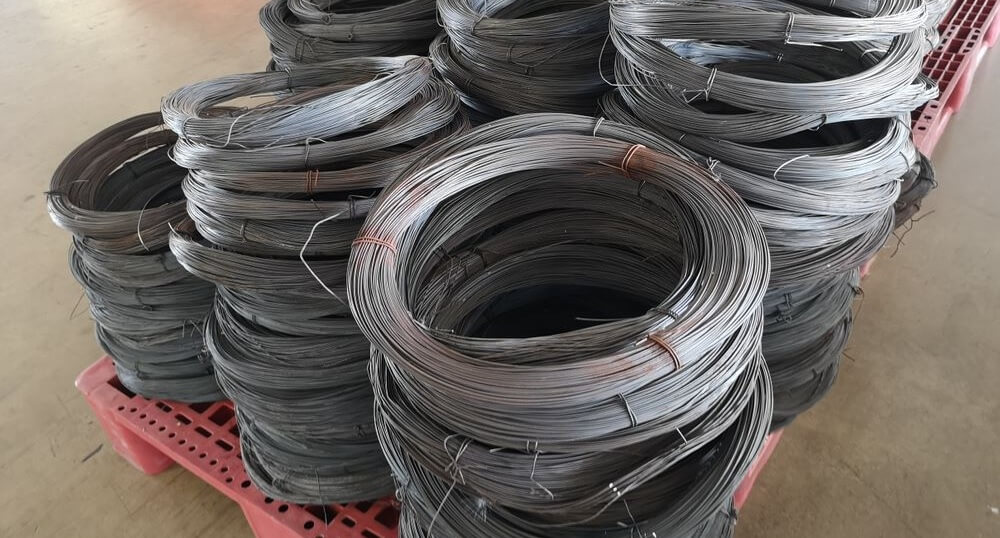
Binding Wire Applications:
In RCC construction, its role is to keep the Rajuri TMT rebars in their exact position and to maintain a cage in the structural section. This is accomplished by knotting at intersections by means of binding wire of mild steel, which is also called annealed wire. It serves its binding purpose at the intersection of longitudinal and transverse reinforcement. For dependable quality, you look to a brand you are already purchasing material from.
Binding wire finds application when any steel bars are used in RCC construction. It is tied at the joints which are a specific distance apart as per the engineer’s design.
When concrete is being poured into a beam or a slab, the bars should be held in place, which is the binding wire’s function. For lesser diameter wires, a hand tool suffices to carry out the binding.
It is important that the binding wire be free of specks of paint or grease and not corroded in any way. A good factory-made wire from a modern plant ensures there is no compromise. You should know about the tensile strength in your binding wire, whether it is of the order of 250-430 newton/sq.mm.
Making a binding decision
While cutting a piece from the coil, the minimum length should be at least four inches. It is not enough to carry out binding only at alternate joints – it is most recommended to bind every single joint. Make sure your wire conforms to IS 280 and is of adequate gauge.
Naturally, you do not want to buy excess for somebody to take home from the site. The broad requirement estimate is between 7 and 13 kg of binding wire per tonne of steel used. You can buy 11 kg/tonne as a proper average as the binding wire is important for ensuring the strength of the concrete structure.
It is available in a range of diameters and you can select on the basis of the steel bar diameter for different applications.
Chemical Composition of Rajuri Binding Wire |
|||||
| Element | Rajuri Binding Wire | ||||
| % C | 0.15 Max. | ||||
| % S | 0.050 | ||||
| % P | 0.50 to 0.60 Max | ||||
| % S+P | 0.050 Max | ||||
